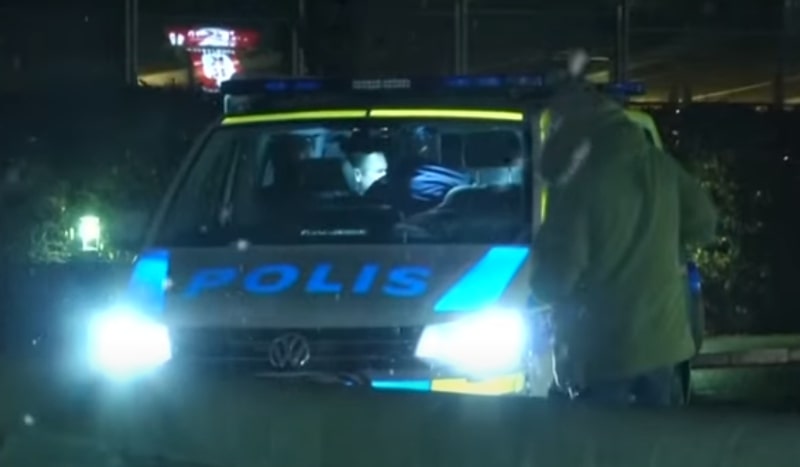“The main underlying reason for the development with shootings and explosions is the situation that prevails in vulnerable areas, where criminals in some places have created parallel social structures.”

The following is an excerpt from GATESTONE Institute
Sweden, Gang Violence and a New Prime Minister
Sweden has the highest number of fatal shootings per million inhabitants in Europe
Sweden has a population of roughly 10 million people. 556,000 people live in the 61 vulnerable areas, (no go zones) accounting for 5.4% of Sweden’s population, according to the report, “Facts for change – a report about Sweden’s 61 vulnerable areas”. 75% of inhabitants in the vulnerable areas have foreign backgrounds; the most common countries of birth are Syria, Turkey, Somalia, Poland and Iraq. According to the report. In five of the country’s vulnerable areas, the proportion of residents with a foreign background is 90% or higher: Rosengård in Malmö, Hovsjö in Södertälje, Fittja in Botkyrka, Rinkeby/Tensta in Stockholm and Hjällbo in Gothenburg. There are roughly 2.5 million people in Sweden with a foreign background; 16.2% of them, according to the report. live in vulnerable areas. In a recent press release, the Swedish police wrote:
In 2019, the police estimated that the problem will continue for years to come. “We think this [shootings and extreme violence] might continue for five to ten years in the particularly vulnerable areas,” National Police Commissioner Anders Thornberg said in 2019.
According to the most recent report on vulnerable areas, released on December 3 2019 by the Swedish police, there are 61 such enclaves. Some of those areas, according to Swedish police, are categorized as “particularly vulnerable areas”, which have even higher levels of problems. These are characterized by “systematic threats and acts of violence” especially against witnesses to crimes, almost impossible working conditions for the police and, “parallel societal structures, extremism, such as systematic violations of religious freedom or strong fundamentalist influence that restricts human rights and freedoms, persons traveling to take part in combat in conflict areas, [and] a high concentration of criminals.”
Sweden is facing much more than a “serious problem”. For years, Sweden has been breaking new criminal records, while refusing to talk openly about the link between migration and gang violence. This reticence may result from a combination of political correctness and Sweden’s fear of failing its own declared ambition of being the world’s “humanitarian superpower“. Already in 2019, leader of the opposition party Moderaterna, Ulf Kristersson, called the situation, “extreme for a country that is not at war”.
For many years, any public discussion of the connections between migration and the rising levels of crime and gang violence was considered taboo. The publication of statistics on the topic came to an abrupt end after the Swedish National Council for Crime Prevention (Brå) had published them twice — in 1996 and 2005. In 2017, then Minister of Justice Morgan Johansson refused to publish statistics about the ethnic background of criminals in Sweden; he claimed they were irrelevant. A majority of members of parliament supported his opinion.
